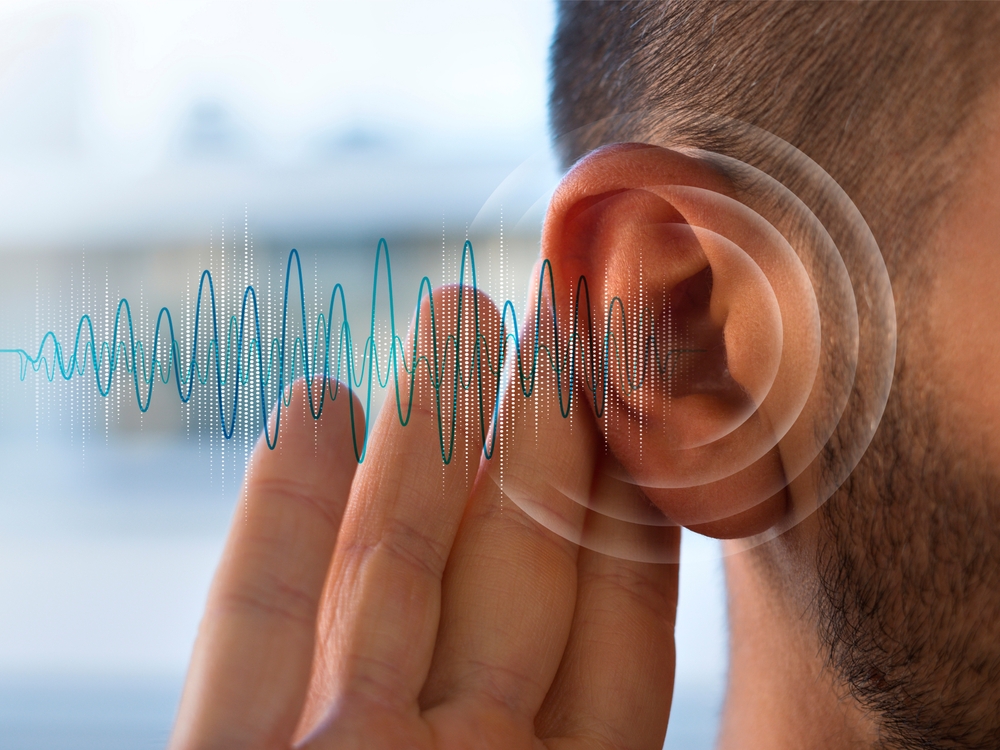
In the hustle and bustle of everyday life, our ears frequently shoulder the burden of neglect and accidental harm. From the allure of ear candling to the apparently harmless act of utilizing cotton swabs, our hearing health can suffer from these common yet dangerous practices. What follows are a few practices you can use to help safeguard the health of your hearing.
Bid farewell to ear candling
Ear candling, an ancient technique supposed to draw out earwax and improve ear health, has gained popularity in spite of lacking scientific merit. The process involves inserting a hollow candle into the ear canal and igniting the opposite end, with the belief that a vacuum is created, drawing out impurities. This practice, however, has been proven in a number of studies to not only be ineffective, but also very risky.
Not only does ear candling fail to remove earwax effectively, but it also poses substantial hazards. Burns to the sensitive ear structures, perforated eardrums, and exacerbation of existing issues can all be consequences of this practice. Usually, if you notice any wax after ear candling, it will be from the candle itself rather than your ears.
Medical professionals always discourage ear candling because of these findings. Both the Food and Drug Administration (FDA) and the American Academy of Otolaryngology (AAO) caution against this practice, emphasizing safer alternatives for ear hygiene.
Get rid of the cotton swabs
It’s true that many individuals turn to these seemingly harmless tools to clean earwax out of their ears. But there are more risks than benefits to inserting a cotton swab into your ear canal. Impaction and possible injury can be the result of using cotton swabs rather than actually cleaning out earwax.
The eardrum is sensitive and objects such as cotton swabs can cause substantial damage. Injuries, like perforations or abrasions can happen, resulting in pain, infection, and hearing loss. It would be better to obtain professional help if necessary or otherwise depend on your ear’s self-cleaning ability instead of putting any object in the ear.
Mind the volume: protect against loud noise
It’s a noisy world we live in and our ears are constantly being assaulted by sounds of all different volumes. From bustling city streets to recreational activities such as concerts and sporting events, exposure to loud noise is unavoidable. Over-exposure to loud sounds like these can have negative effects on your hearing health leading to tinnitus and noise-related hearing loss.
To minimize the threat of hearing damage, it is critical to be aware of noise levels and take active steps to protect your ears. This includes using ear protection, such as earmuffs or earplugs, in loud environments and limiting exposure to loud noises whenever you can.
Also, take regular breaks and moderate the volume when you’re utilizing personal listening devices such as headphones and earpods.
Listen to your ears: act quickly on symptoms
Taking fast action when your ears begin to tell you that you’re starting to experience some level of hearing loss is essential to protect your ears from damage. If you hold off on getting your hearing loss treated you will probably exacerbate the problem.
If you have symptoms like ringing in the ears, difficulty understanding speech, or pain or pressure in your ears, it’s important that you recognize it. If any of these symptoms are experienced, seek assessment from a qualified hearing specialist or otolaryngologist (ear, nose, and throat specialist) immediately. Early detection and intervention can significantly improve outcomes and enhance your quality of life.
Your ability to effectively navigate the landscape of your life depends on you keeping your hearing as healthy as you can. By embracing these four practices, avoiding ear candling and cotton swabs, protecting against loud noise, and understanding early warning signs, we can maintain our precious sense of hearing and enjoy the symphony of sounds that enrich our existence.
Call us immediately for an assessment if you are suffering from ear damage or hearing loss.